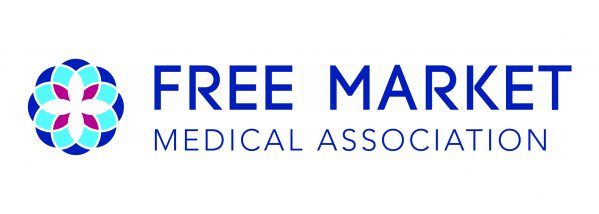What is CCDA Healthcare | CCD Format in Healthcare

Consolidated Clinical Document Architecture or C-CDA is right now, the most commonly used template for exchanging health information in US. In the CDA style, each and every patient visit can be represented as a single document. Therefore, each individual can potentially have hundreds of such documents representing each time they visited a doctor, lab, pharmacy, clinic, hospital or any other healthcare establishment. C-CDA is the latest standard version of CDA with stricter rules for the structure, encoding, and semantics of clinical documents of CDA documents to make it easier for exchanging relevant information.
For all certified US EHRs that comply with the Promoting Interoperability Programs standard that has been in place since 2014’s Meaningful Use Stage 2 requirements, C-CDA has been one of the default formats to export information. Even though the new FHIR standard is gaining traction and replacing C-CDA, the widespread use of C-CDA still makes it an important part of health IT infrastructure.
C-CDA documents are usually formatted in XML and include structured information like a medication list. Usually, the documents are read-only. There are different types of templates available and each C-CDA document can contain information from a single instance or visit to the complete medical history of an individual.
C-CDA has also famously popularized the Continuity of Care Document (CCD). CCDs give a snapshot of a patient’s health record in C-CDA format and support handoffs from one clinician to another. They are a standardized summary of any relevant and important clinical data for a specific patient. Although there are chances of clinician notes being imprecise, CCDs are designed in such a way that the transfer of data from one provider to another happens without any loss of meaning.
Another example of a C-CDA document is a Discharge Summary that contains information related to the release of a patient from care. Other common examples include procedure notes, diagnostic imaging reports, and discharge summaries.
However, C-CDA has some limitations. Developers usually agree that C-CDA is not every easy to work with. Most EHRs also don’t actually store information in the CDA or C-CDA format. These file formats were made for facilitating record exchange, and are unsuitable for data storage. This leads to EHRs having to convert the stored information into C-CDA documents when requested leading to a host of compatibility issues.
C-CDA documents can also be too long and crammed with information. Sometimes they are over 200 pages long. It makes searching for information within documents very difficult and time-consuming.Because of these limitations, FHIR which is the latest format is gaining traction and is seen as a replacement to C-CDA. It is easier with FHIR to select and query specific data elements, for example - a medication list, without having to download entire health record. C-CDA also requires additional steps to connect data with digital health infrastructure making it less suitable for modern digital health needs.
This is why FHIR is generally the format of choice for newer healthcare data implementations. It is the next wave of nationwide interoperability programs just like C-CDA had achieved in the previous generation of federal interoperability policy.
However, we must respect C-CCDA’s lasting legacy. It was the first to help normalize the format of data exports from EHRs paving the way for more advanced interoperability standards. This is evident by the fact that all American EHRs are expected to export C-CDA data.
So even though C-CDA is being phased out in favor of FHIR, it still has staying power among the health IT industry.



